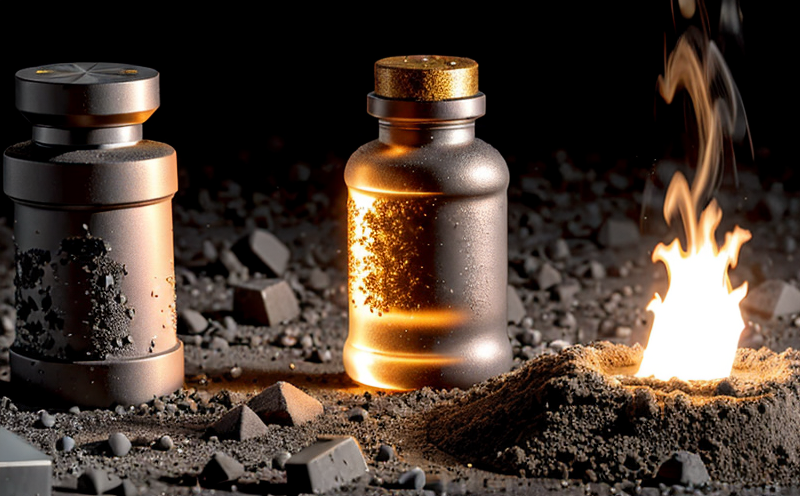ISO 175 Radiation-Induced Degradation of Plastics in Liquids
The ISO 175 standard is a crucial method used to assess the radiation-induced degradation of plastics when exposed to liquids. This service plays an essential role for industries where plastic materials are subjected to radiation and subsequent exposure to liquid environments, such as in nuclear power plants or medical devices.
Understanding this process involves examining how plastic materials degrade under controlled conditions that simulate real-world scenarios. The test aims to predict the long-term performance of plastics used in critical applications by accelerating aging through gamma irradiation followed by submersion in a liquid medium.
The standard specifies a series of steps, including selection of appropriate test specimens, preparation methods, irradiation protocols, and subsequent immersion times. This allows for accurate measurement of changes such as mass loss, color change, tensile strength reduction, or other relevant properties.
One critical aspect is the choice of liquid medium, which can vary depending on the application. For instance, deionized water might be used to simulate conditions within a reactor coolant system, while saline solutions could mimic biological environments. The selected liquid must replicate the expected service environment as closely as possible.
Specimen preparation is another key factor in ensuring accurate results. Specimens are typically cut into standard sizes and shapes, ensuring uniformity across samples to minimize variability in test outcomes. Pre-irradiation conditioning helps establish a baseline for comparison post-irradiation.
The irradiation process itself uses gamma rays because they penetrate deeply through the specimens, delivering consistent energy levels throughout. The intensity of radiation is carefully controlled to achieve desired levels of degradation within an acceptable timeframe. Post-irradiation, samples are immediately immersed in their respective liquids for specified durations, allowing degradation to occur under realistic conditions.
Post-test analysis involves detailed examination and quantification of changes observed in the specimens. Key parameters measured include weight loss, color change, mechanical property testing (e.g., tensile strength), and any other relevant indicators specific to the application domain. Reporting these findings provides valuable insights into material stability under challenging conditions.
| Application | Description |
|---|---|
| Nuclear Power Plants | Assessing the integrity of components exposed to radiation and coolant. |
| Medical Devices | Evaluating materials used in devices that must withstand sterilization processes involving gamma irradiation. |
| Spacecraft | Testing the durability of plastics used in components exposed to both radiation and cryogenic environments. |
Applied Standards
The ISO 175 standard is widely recognized for its rigorous approach to evaluating the effects of radiation-induced degradation on plastics. It aligns closely with other relevant standards such as ASTM D5439 and EN ISO 175, which also address similar issues but may have slightly different methodologies or applications.
For instance, ASTM D5439 focuses more on the mechanical properties of materials during irradiation while EN ISO 175 emphasizes the need for accurate measurement techniques. Understanding these nuances helps ensure that the chosen standard best fits specific project requirements.
- ISO 175: Focuses on degradation in liquids, particularly relevant for nuclear and medical applications.
- ASTM D5439: Concentrates more on mechanical property changes during irradiation.
- EN ISO 175: Emphasizes accurate measurement techniques used post-irradiation.
Industry Applications
This testing method finds extensive application across various sectors where plastics are exposed to radiation and liquids. The primary beneficiaries include:
- Nuclear Power Plants: To ensure the reliability of critical components like piping, valves, and seals.
- Medical Device Manufacturers: For evaluating materials used in sterilization processes involving gamma irradiation.
- Spacecraft Engineers: Testing plastics for durability under extreme radiation and cryogenic conditions.
International Acceptance and Recognition
The ISO 175 standard is highly regarded internationally, being adopted by numerous organizations worldwide. Its acceptance is driven by its stringent quality control measures and reproducibility across different laboratories.
This recognition ensures that results obtained using this method are universally accepted, facilitating global collaboration on projects involving radiation-induced degradation of plastics in liquids. Compliance with ISO 175 also enhances trust among stakeholders, making it a preferred choice for regulatory bodies and industry standards setters.





